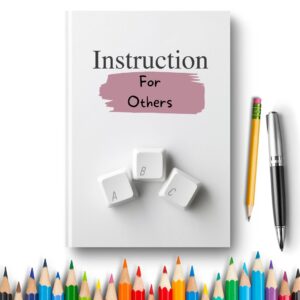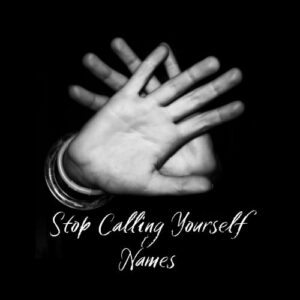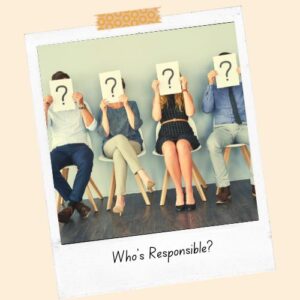“He’s the problem!”
This was my refrain and conviction in my own personal therapy during a particularly painful time in my life many years ago. Week after week, I showed up with fresh evidence of my husband’s villainy. I felt wronged and powerless; justified in my anger and desperate for validation of my innocence.
Despite feeling heard by my therapist, supported by my friends and stepping up my self-care in all the ways I’d learned and taught others, I continued to feel trapped and victimized.
Now I understand why and I’m going to share it with you.
No one wants to be the problem. Somehow it feels better if someone else is the problem. It can feel relieving and satisfying to have an explanation for our pain, and for those explanations to absolve us of guilt or responsibility.
It’s my boss, my boyfriend, my ex-wife, my child, my past, my parents; regardless of the situation, the common denominator is, “It’s not me!” This is a natural inclination and it makes sense. Plus, we usually have lots of evidence to support our case, but that’s because we have a built-in psychological bias called the Confirmation Bias. Simply stated, this human bias is like a DEA dog in our brain; once it believes something, it will sniff out evidence for that belief while filtering anything that contradicts it.
Of course there are lots of other heady psychological reasons that explain our tendency to see others’ as the cause of our problems, but that’s a topic for another time. For the purpose, of this article, I want to invite you to explore the idea that if someone else is the problem, you’re screwed.
Consider this:
If someone else is causing your pain, the only way out of pain is to do something about the other person; to get them to change or get away from them. In other words, if they’re the source of the problem, they’re also the source of the solution. When we perceive things through this lens, all our mental and emotional energy get invested in them; what they think and feel and how they act. Our brain convinces us that the way to solve our problem and feel better is by getting them to stop thinking and feeling and acting the way they do. Except, how do you do that?! Our overestimation of our power to control others leads us to invest our resources into the area of least control while our own thoughts and feelings become increasingly irrelevant. The more we focus on what we can’t control, the more powerless we feel. As such, we unwittingly delegate our emotional lives to people we often don’t like or trust and then blame them for our pain.
Why You’re The Problem:
There is a societal myth that we can cause other people to feel a certain way; that somehow our actions can inject emotion into another human being and cause them to have negative or positive emotion. It seems that way because we agree to certain societal norms, expectations and shared beliefs we see as truths. But if we could actually cause someone to feel something, wouldn’t we be able to remove the emotional pain of those we want to love and protect? Why wouldn’t we be able to make someone hurt as bad as we do at will when we think they’ve done us wrong? Emotion can’t be implanted inside you from another human nor can someone make you have an emotion; it’s a self-generated constellation of vibrations that comes from our thoughts. This is why two people can have vastly different reactions to the same thing; they have different thoughts about it, which result in different feelings.
How This is Good News:
Ok, so if your brain is what’s creating interpretations of other people’s actions, and those thoughts are what’s generating your emotions, then this means you’re the one with all the power.
In other words, if you’re brain is the source of your emotional pain, it’s also the source of your emotional freedom.
The Challenge:
This may make intellectual sense, but thought patterns are cognitive habits that require attention and deliberate practice to change them. The brain doesn’t like this kind of effort. It feels easier, safer and more familiar to keep trying to change other people and most people do just that. The important thing is knowing it’s not the only option. When I was going through my own tough time, I didn’t know there was another option. I had no idea I was the one with the key to my freedom or that it was my own brain keeping me trapped. I’ve since done the work to be able to apply this concept in my life and help others do the same, and it’s probably been the most valuable work of my life.
I hope this was an interesting and helpful way to start off your weekend.
Take care,
Julie



